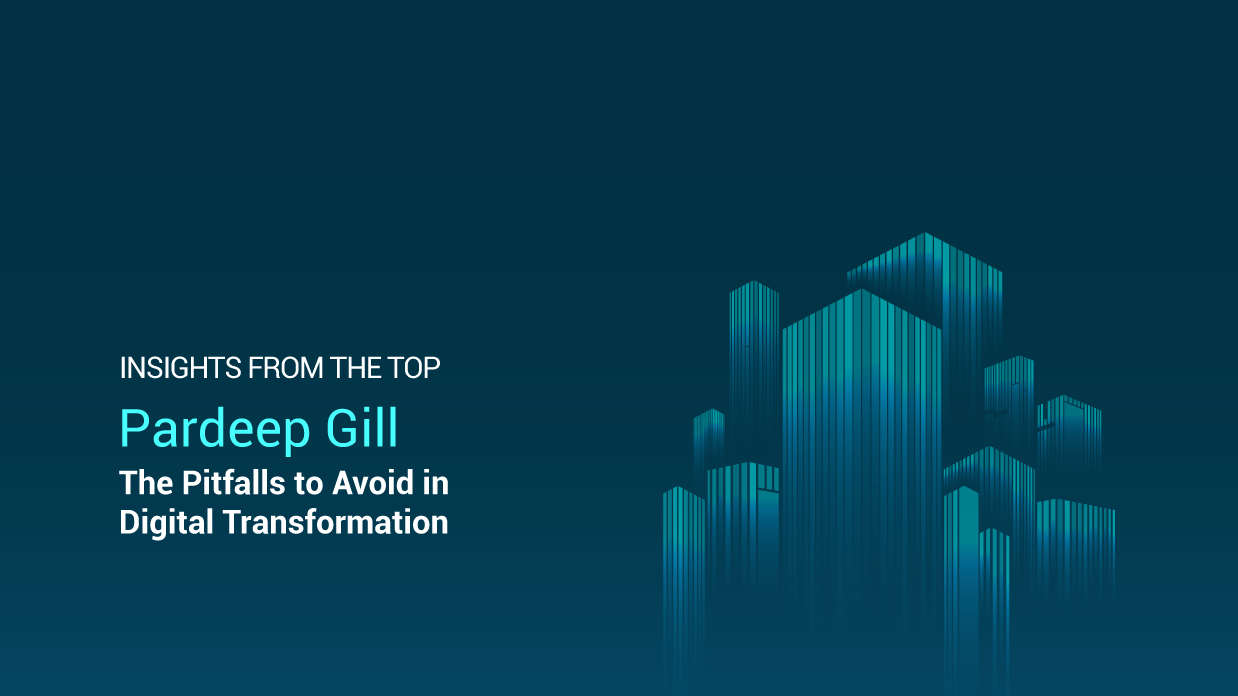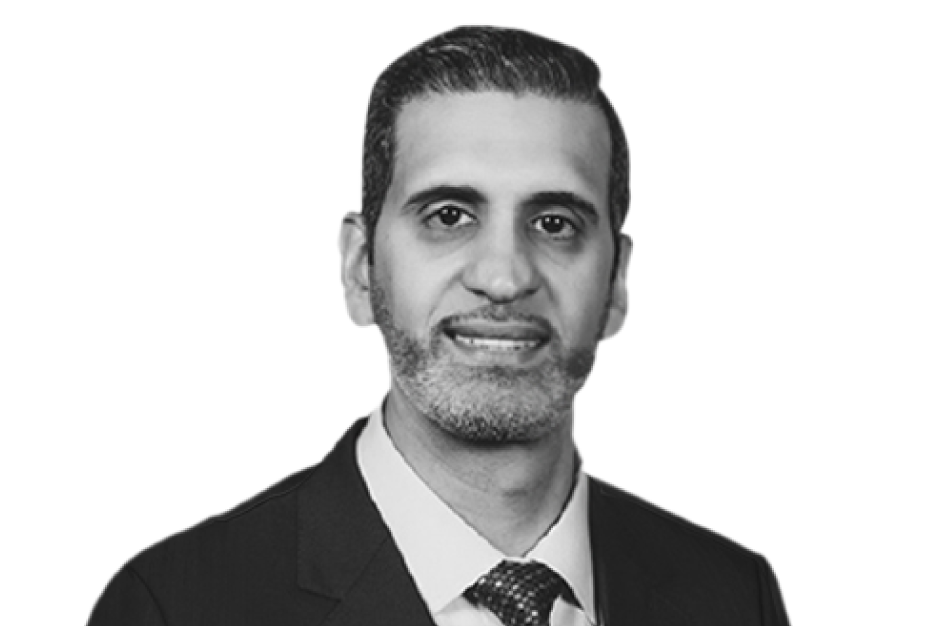-
GEP Software
-
- Procurement Software
- Direct Procurement Software
- Indirect Procurement Software
- Unified Source-to-Pay
- Source-To-Contract Software
- Procure-to-Pay
- Midsize & High Growth Enterprises
- Key Capabilities
- Spend Analysis
- Sourcing
- Contract Lifecycle Management
- Supplier Lifecycle Management
- Third-Party Risk Management
- Purchasing
- Payments
- Data Analytics and Reporting
- Do more with GEP SMART
- Intake Management & Orchestration
- Intelligent Category Management
- Tail Spend Management
- Cost Data & Analytics (GEP COSTDRIVERS)
- AI-First Supply Chain Management
- Supply Chain Visibility and Execution
- Logistics Visibility
- Inventory and Warehouse Management
- GEP Multienterprise Collaboration Network
- Supply Chain Control Tower
- Field Services
- Supply Chain Collaboration & Planning
- Supply Chain Planning
- Purchase Order Collaboration
- Forecast Collaboration
- Capacity Collaboration
- Quality Management Software
- Should-Cost Modeling
- Direct Material Sourcing
-
-
GEP Strategy
-
GEP Strategy
Unrivaled supply chain and procurement expertise + the transformative power of AI
Supply Chain Consulting
- Environmental, Social and Governance
- Sustainability Consulting Services
- Socially Responsible Sourcing
- Scope 3
- Demand and Supply Chain Planning
- Collaborative Planning
- Source To Contract
- Procure To Pay
- Inventory Strategy & Management
- Operations & Manufacturing Excellence
- GEP Total Inventory Management Solution
- Network Strategy & Optimization
- Warehousing & Transportation Management
-
-
GEP Managed Services
-
GEP Managed Services
World-class skills, experience and know-how — amplified by the power of AI
-

Pardeep shares the pitfalls to avoid in digital transformation.

Pardeep Gill
CPO and VP of Supply Chain
Ameren
GEP sat down with Pardeep Gill, chief procurement officer and vice president of Supply Chain at Ameren, a leading U.S. utility serving 2.4 million electric and nearly 1 million natural gas customers across Missouri and Illinois. This is a fascinating discussion about Ameren’s top-to-bottom transformational overhaul in risk mitigation, managing the lower demand for energy, and planning for a once-in-a-generation switch to sustainable power generation.
How do supply chain and procurement support a leading utility’s core mission?
Above all, we ensure a continuous flow of goods and services to enable Ameren’s continuity of energy supply to our customers.
Unlike companies in every other industry, our rates are set by regulators, so we have an obligation to make sure that we are good stewards of every dollar that we spend. Above all, we ensure a continuous flow of goods and services to enable Ameren’s continuity of energy supply to our customers. To ensure safe and reliable electrical power and gas, we make sure the right material gets to the right place at the right time.
Secondly, we secure good contracts at the right price and terms for core materials such as transformers, poles, wires and cables, and services like trenching and vegetation management, as well as non-core needs like IT software and hardware, and physical facilities. And, of course, we plan ahead to prepare the organization to meet future demands, such as the switch to more sustainable power generation through solar and wind.
How did you respond to the disruptions that began in March?
You can’t substitute our product. We’re essential. Disruptions in operations and services can have a serious impact on our customers and, more broadly, on the stability and security of a large part of the Midwest. So, when the severity of COVID-19 became apparent in January, we requested business continuity plans from vendors. We required detailed plans, including plans if their employees couldn’t work, if trucks stopped delivering, if parts didn’t arrive on time, etc. In short, we went full-on with scenario and contingency planning.
What did you learn from the last nine months?
While Ameren has always been focused on customer affordability and sourcing goods and services at the right price, we have learned that we are well served to also ensure we have multiple sources of supply, and redundant contracts. Our vendor partners have been committed to ensuring we have continuity of supply, but the last nine months have given us more opportunity to inquire further into the Supply Chains that are supplying them with raw materials and subcomponents to build out even more comprehensive business continuity plans. Our relationship with our critical vendors has grown stronger and we are learning how to foster even more mutually beneficial contracts.
What is your insight for peers undertaking digital transformation?
For most companies, the technology systems they have were put in place more than a decade ago, and are now highly customized and difficult to easily modernize. So, when supply chain leaders talk transformation, they’re really just talking systems and digital solutions. But transformation is not just a system, with features and functions. It’s hearts and minds. It’s about a team’s capabilities, expertise, responsibilities, and structure. So, we’ve flipped our focus to where we now spend the majority of our energy on our people, who develop different expectations of themselves and what they do — and how they do it. Because that’s how you actually evolve. When colleagues across your organization want to call Supply Chain and Procurement — not because they have to in order to get a PO out the door — that’s real transformation.
What transformational changes are making the biggest difference?
First, to transform our digital solutions, we are in the process of evaluating a new cloud-based ERP platform to tie procurement and finance together for the entire Procure-to-Pay process.
We recently invested in a contract life cycle management system, a big risk for most companies. We defined workflow and put contract approvals into a visual dashboard, so we could track status, including any delays or process issues. Through our partnership with GEP, we have also enhanced spend tracking, savings tracking and project tracking to help balance workload and understand how many sourcing events we have at any given time — and to get better visibility into the value that Supply Chain delivers for the organization.
But what gets overlooked in big transformation projects are the little things that help your team members get their jobs done. For instance, in warehousing and operations, we ensure our Wi-Fi works well, and our teams have up-to-date, open-source handheld scanners, because they actually enable our people to get their jobs done efficiently and effectively.
Big picture — what really matters — is to focus on the capabilities of your team, and not just on digital and cloud solutions. We began by codifying our mission and vision, so our co-workers understand what we stand for, and exactly how Supply Chain contributes to our company’s mission and overall success.
What have you done to transform your team that has yielded the biggest returns to the organization?
We launched category management as a process and behavior going forward. We’re transitioning from the traditional “3 bids and a buy” to more actively managing spend categories, and using market intelligence and tools to look at what the cost of goods and services should be. We proactively determine what a reasonable price point is after manufacturing, distribution and the vendor’s profit and overheads are taken into account. It enables us to be more methodical and thoughtful by sourcing with a “should-cost” approach. As a result, we’re now walking into negotiations with an informed view about what the item should cost and really driving to a target. And our suppliers appreciate it. They don’t have to worry about being taken advantage of in a contract, and they now see us as educated long-term partners.
How do you measure and track your supply chain’s effectiveness and contribution?
By creating a direct link between an organization’s success and performance of the supply chain, you will provide greater alignment with what you’re doing to support your business at every level.
We want our stakeholders to want to work with procurement because they view us as a partner that understands their needs and can provide valuable solutions. We also benchmark our performance against industry peers and organizations outside the utility industry. We are a data-driven organization, and we look at everything, from the percentage of savings by category to how to measure inventory levels.
How do you identify and manage risk?
While Supply Chain’s primary purpose is traditionally to put contracts in place for the purchase of goods and services, we add tremendous value to the business by also monitoring vendor performance and supply disruption risk.
We run rigorous sourcing events to secure competitive pricing and ensure contracts have clear milestones, deliverables, and robust terms and conditions to help manage risk.
Our biggest concern isn’t just the price of goods and services, it’s also the need to protect our organization from any undue foreseeable risk, from vendor nonconformance to contracts all the way to cybersecurity. This is a developing area of focus for all industries, but specifically for utilities. To further manage risk, we seek to have more than one supplier for key components who can meet our standards, to minimize our risk going forward. We are also developing our ability to know and influence subsupplier qualifications and the process by which they are selected.
But, that’s only the beginning. Our role is to also identify and mitigate longer-term risks. We support the company by taking steps to develop a more reliable and sustainable Supply Chain. We are continuing to build out supplier sustainability goals and plans. Our focus on ESG is shared by our vendors so we can support corporate social responsibility and reduce risk together.
What are the biggest challenges for utilities in the longer term?
Preparing for the shift away from fossil fuels to environmentally sustainable sources of power, along with a shift to decentralized power generation against the backdrop of potential for increased energy demand as broader electrification initiatives take hold across the country. This is why we are undertaking our Supply Chain transformation — so we’re able to lead through this sea of change. We’re already thinking through how to transition our generating capabilities to more sustainable sources, determining the cost implications and identifying the right actions to take at the right time. We’re engaged with regulators as we develop our long-term plans, so we’re better prepared to make informed decisions.
How do you enable sustainability?
We recently announced our Integrated Resource Plan, which sets out a transformation plan to reduce our reliance on coal-fired generation and make substantial investments in renewable generation facilities over the next 20 years. We have set aggressive goals to be net-zero carbon emissions by 2050, further demonstrating our commitment to provide our customers with an affordable product in a sustainable manner.
This is a huge and exciting undertaking for Supply Chain and Procurement, and we’re beginning by engaging solar and wind equipment providers directly.
In the near term, how can utilities improve?
Well, first, we are doubling down on our work contracting women- and minority-owned businesses. We’re proud that we currently spend 27% of our $2.5 billion annual spend with Women and Minority Business Enterprises (MWBEs), which is among the best of any organization and in the top quartile of utilities. We have a detailed plan to get to 29% diversity spend in the next five years. Getting to 29% would position us in the top decile amongst utilities. We will invest in MWBEs so they can become successful, and in turn, provide more economic impact in the communities in which we live and work.
Second, we are taking a more active interest in — and gaining transparency into — our vendors’ efforts, from their own diversity and representation efforts to their conservation efforts with water and pollution. And third, we are continuing to play a very large role in our communities, investing in them and helping address underprivileged areas and racial inequality.
Breadcrumb
- HOME
- INSIGHTS FROM THE TOP
- PARDEEP SHARES THE PITFALLS TO AVOID IN DIGITAL TRANSFORMATION.









